Plastic-waste-recycling – Nylon-market 29-04-2022 - Arhive
Plastic-waste-recycling – Nylon-market
-US plastic recycling numbers continue to fall
The U.S. is processing more of its scrap plastic domestically, but the overall weight of plastic recycled in 2020 dropped just under 6% from 2019, according to an annual industry report.
The 2020 U.S. Post-consumer Plastic Recycling Data Report called for “immediate solutions” to boost recycling levels back up, especially as the demand for post-consumer resin soars.
The report found that 4.8 billion pounds of post-consumer plastics were recycled in 2020, which is 5.7% lower than in 2019. That’s a decline of 290 million pounds. The report includes bottles, non-bottle rigid plastics, film and other plastics, but it excludes foam. Plastic-waste-recycling – Nylon-market
It’s no surprise that a lower weight total would be seen in 2020, a year in which the pandemic upended recycling collection in multiple ways.
Still, the latest numbers are the continuation of declines in total volumes recovered. In 2019, the industry saw a 0.5% overall decrease in the weight of plastics recycled, falling by 27 million pounds.
Steve Alexander, president and CEO of the Association of Plastic Recyclers (APR), said in a press release that, simply, “we need more supply.”
“We need to focus our efforts on technologies that are up and running today,” he said. “Mechanical recyclers have the capacity to process more material but lack the supply to meet the current demand for post-consumer resin (PCR). Expanding and streamlining recycling collection programs, less confusion with labeling and reducing contamination through design for recyclability should be key priorities.”
The report was sponsored by APR, the Foundation for Plastic Recycling, The Recycling Partnership and the U.S. Plastics Pact. It was compiled by Stina and based on surveys by Stina and the National Association for PET Container Resources (NAPCOR).
Declining recycling rates for bottles
Bottles continued to make up most of the plastic recovered for recycling, at 57.1%, followed by non-bottle rigids at 22%, film at 20.5%, and other plastics at 0.3%.
Broken down by scrap type, the study found that bottles, non-bottle rigid plastics and other plastics all saw recycling rate declines individually in 2020.
The PET bottle recycling rate was 27.1% in 2020 (with total weight collected at 1.8 billion pounds), and HDPE was 28.8% (943 million pounds collected). In 2019, those rates were 27.9% and 30.9%, respectively. The combined bottle recycling rate, which includes PET, HDPE, PP and other polymers, was 27.2% in 2020, down from 28.7% in 2019. Plastic-waste-recycling – Nylon-market
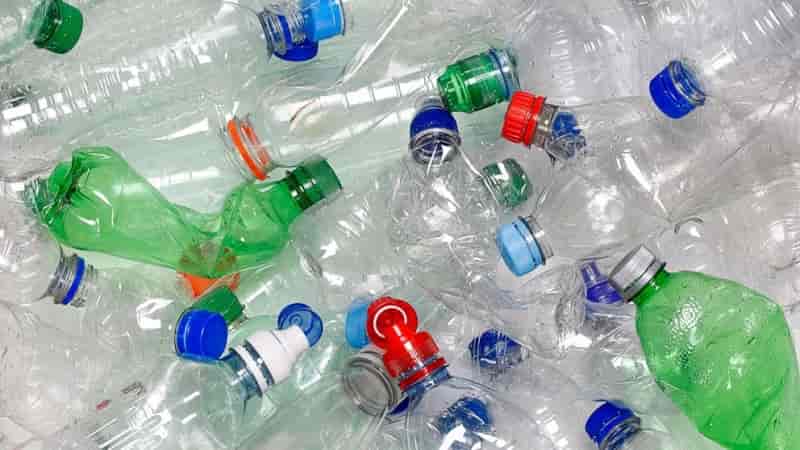
China’s Oriental Energy expects its 600,000-tonne-per-year propane (PDH) dehydrogenation plant and its 400,000-tonne-per-year polypropylene (PP) plant in Maoming in Guangdong Province to be up and running in late 2022, the company said. Plastic-waste-recycling – Nylon-market
The report also says that an ammonia plant with a capacity of 200 thousand tons per year at the same site will also be launched by the end of this year.
Currently, the company operates three propane dehydrogenation lines with a capacity of 600 thousand tons per year and four lines for the production of polypropylene with a capacity of 400 thousand tons per year, of which one propane dehydrogenation unit and a PP production line at its zhangjiagang plant, two propane dehydrogenation units and three PP production lines at its Ningbo facility.
The company receives propane raw materials mainly from international markets through its Singapore branch.
Earlier it was reported that Oriental Energy plans in the coming years to build and launch several plants for the production of polypropylene (PP) at its petrochemical complexes in Ningbo and Maoming (China) using THE UNIPOL technology of WR Grace. The new PP production facilities will produce several types of propylene homopolymers (PP-homo), statistical propylene copolymers (PP-random) and propylene block copolymers (PP-block) to meet the growing material needs of its customers in the region.
The company has recently commissioned two new PP plants in Ningbo (Ningbo, Zhejiang Province, China), which also uses UNIPOL WR Grace technology. The capacity of new enterprises is 400 thousand tons of PP per year each.
According to MrC’s ScanPlast, PP supplies to the Russian market in January this year amounted to 128.9 thousand tons (calculated according to the formula production + import – export) against 140.23 thousand tons a year earlier. Supplies of only propylene statistical copolymers (PP-random) increased, while other types of PP recorded a decrease in supplies. Plastic-waste-recycling – Nylon-market
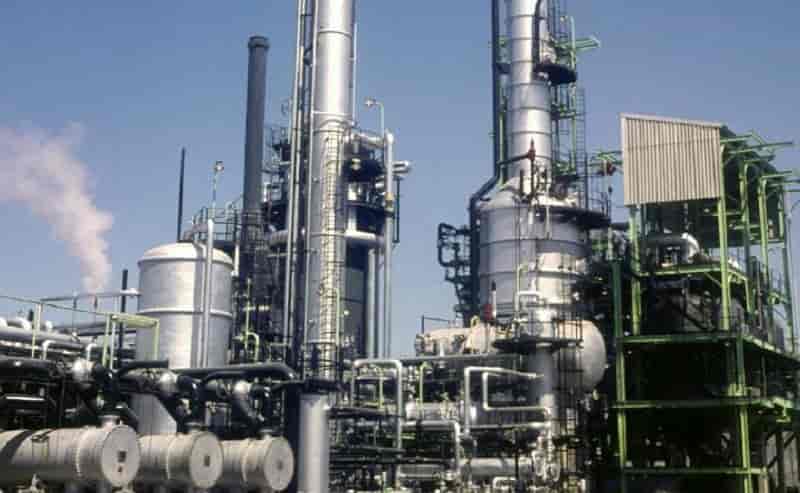
-Nylon: key problems faced for May
In the year of 2022, nylon market fundamentals are only playing a minor role, and the current development of nylon 6 industrial chain is mainly integrated with the general chemical and chemical fiber market as a whole. In fact, since the 2022 Spring Festival, the supply and demand of nylon industry has been decent compared to its peers. There are not much stock pressure in CPL, nylon 6 chip and nylon 6 filament links. There were some short-term pressure in CPL market, but it only happened in individual plants. Overall, supply-demand contradiction is not prominent.
The price of nylon industry chain has been low in 2022, which is mainly reflected in CPL and polymer market. The core reason the prominent supply and demand contradiction in CPL market in East China, especially Jiangsu province. Based on a relatively low CPL prices, the profit of nylon 6 chip and filament has been relatively healthy. Plastic-waste-recycling – Nylon-market
No evident changes in nylon industry fundamentals in May
Looking forward into May, the general supply-demand is expected to keep a dynamic balance inside nylon 6 industrial chain still.
- Benzene market is still likely to be firm.
- CPL plants are facing deficits pressure.
- Orders from chip to downstream are insufficient.
Based on the released CPL plant maintenance plans, there are several maintenance schedules in May, but these plans could change. For some companies such as Lunan may delay their maintenance time as the raw material supply and production rhythm has been affected by the pandemic.
From the above supply tendency, we could tell that supply of CPL will be slightly higher month-on-month in May.
In fact, in the author’s opinion, CPL plants’ maintenance plans are not very important. First, it is because that the CPL plants are losing money and the actual supply in May will be discounted on this basis. In addition, some polymer plants, who have cut or shut production in April, will recover production in May, thus offsetting some CPL supply increments. CPL plants’ production situation can be used as a reference for short-term operation, while these news are not causing any prominent pressure in all nylon links in a medium-to-long-run development, which is more concerned by insiders.
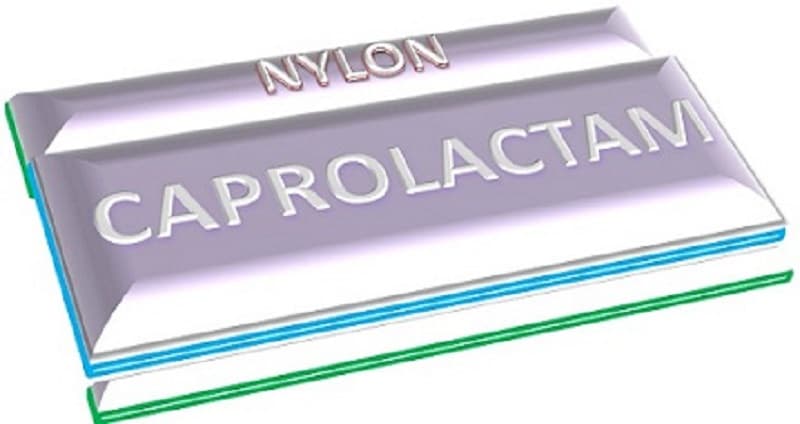
-Alpek, partners will likely decide to proceed with Texas PET plant
Alpek and its partners in a joint venture will likely decide to complete a polyester plant in Corpus Christi, Texas, the CEO of the Mexican producer said on Tuesday.
“Most likely a decision will be taken during next month – let’s say May probably – to sanction the project if all of the shareholders are in agreement,” said Jesus Valdez, CEO of Alpek. He made his comments during an earnings conference call.
Alpek is developing the project with Indorama Ventures and Far Eastern New Century. All three hold equal stakes in the joint venture, called Corpus Christi Polymers (CCP).
Valdez said the joint venture has made significant progress on the project and it has a clear view of the costs going forward.
“We have the information prepared for making a decision,” he said. “We will announce what the final decision is next month – month and a half at the most.”
The complex will include a unit that can produce 1.1m tonnes/year of polyethylene terephthalate (PET). Another unit will have a capacity to produce 1.3m tonnes/year of purified terephthalic acid (PTA).
Delays have beset the project since 2017, when Hurricane Harvey made landfall on the Gulf Coast when Mossi & Ghisolfi (M&G) still owned the site. M&G sold the project to the joint venture in bankruptcy court.
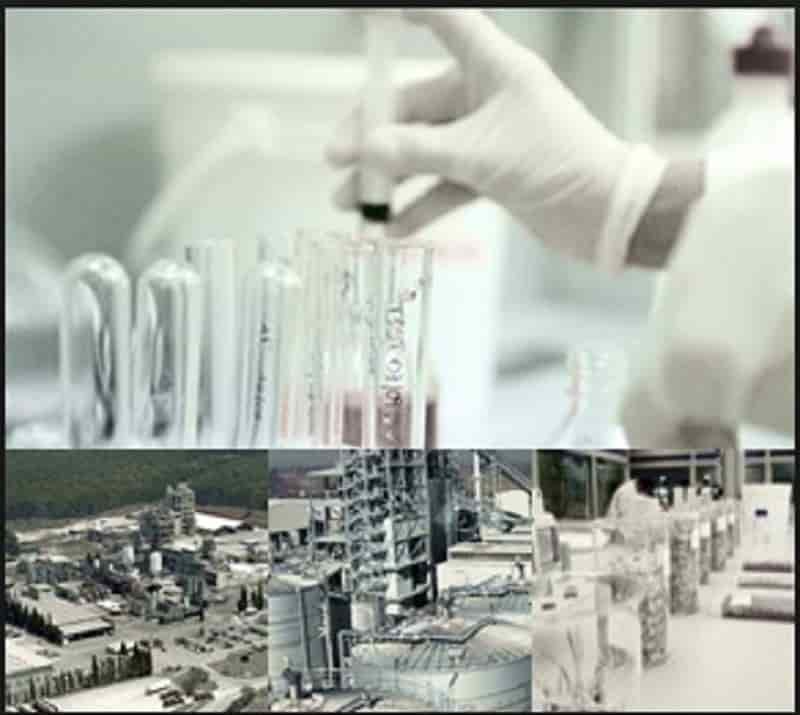
-61st Dornbirn-GFC Congress to take place in Austria from September 14
The 61st anniversary of the Dornbirn-GFC Congress will take place live in Dornbirn, Austria, from September 14-16, 2022. Due to its success in 2019, the 2nd Dornbirn GFC Startup Days will also take place along with the congress. Price Waterhouse Coopers (PwC) will be the lead organiser of the event, supported by Vagabond, RWTH Aaachen and WTiN.
As many as 30 startups from all over the world will be in Dornbirn to pitch their innovations, gain knowledge and enjoy networking with industry and research, Dornbirn-GFC said in a press release.
On the opening day, the event will host top level keynote speakers from fibre industry, the packaging industry, the equipment and machinery industry and Oxford University. The speakers will focus on key topics including innovation, sustainability and circular economy and the final panel discussion will show the way forward and how current and future challenges will be managed. Panel discussions and breakout sessions will provide a deep dive on certain selective topics and provide opportunities for networking and information exchange. Plastic-waste-recycling – Nylon-market
Over 100 expert lectures from industry, universities and research institutes will take place in parallel in 3 lecture halls. Additionally, about 20 regular exhibitors and 30 startups will be using their booth as contact point and advertising space.
The topics of discussion at the event will be fibre innovations, sustainability; circular economy and machinery; apparel and sportswear; smart and functional surfaces; nonwovens; and sustainable packaging.

-Efforts in recycling of plastic waste paying off
China’s efforts in recycling plastic waste have made a significant contribution to the battle against climate change, reducing crude oil consumption and preventing millions of metric tons in carbon emissions, according to a report.
“Following decades of efforts, China has made marked progress in plastic pollution governance,” said the report, which was jointly released by the Chinese Academy of Macroeconomic Research and the Chinese Academy of Social Sciences.
With preferential policies on investment, finance and taxation, China has established a market-based plastic recycling system with wide-ranging coverage, which accounts for 45 percent of the world’s plastic recycling. Plastic-waste-recycling – Nylon-market
From 2011 to 2020, China recycled 170 million tons of plastic waste, said the report.
Plastics production consumes fossil fuels and is energy intensive, while recycling plastic waste brings environmental benefits, said Zhang Deyuan from the Chinese Academy of Macroeconomic Research, the lead author of the report.
Apart from contaminating soil and water, plastic waste also degrades and releases carbon dioxide into the atmosphere, Zhang pointed out.
“Research by a number of institutes and scientists shows that plastics can also enter the food chain and be hazardous to people’s health,” he noted.
China’s plastic recycling efforts over the past decade have helped reduce crude oil consumption by 510 million tons and prevented 61.2 million tons of carbon dioxide emissions, the report said. These moves also prevented 90 million tons of solid waste from being generated.
The research published in the report refutes claims by a number of international organizations and researchers that China, as the world’s largest plastic consumer and producer, faces a serious plastic pollution problem.
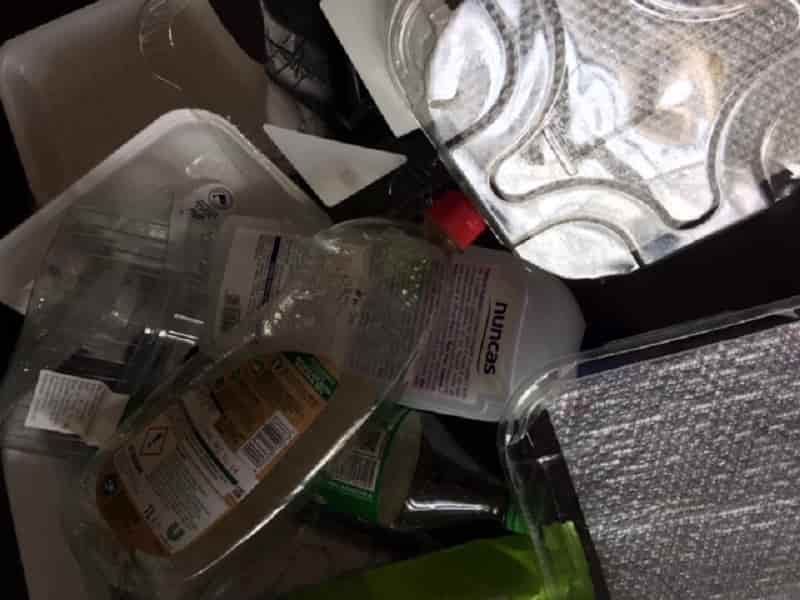
Plastic-waste-recycling – Nylon-market
